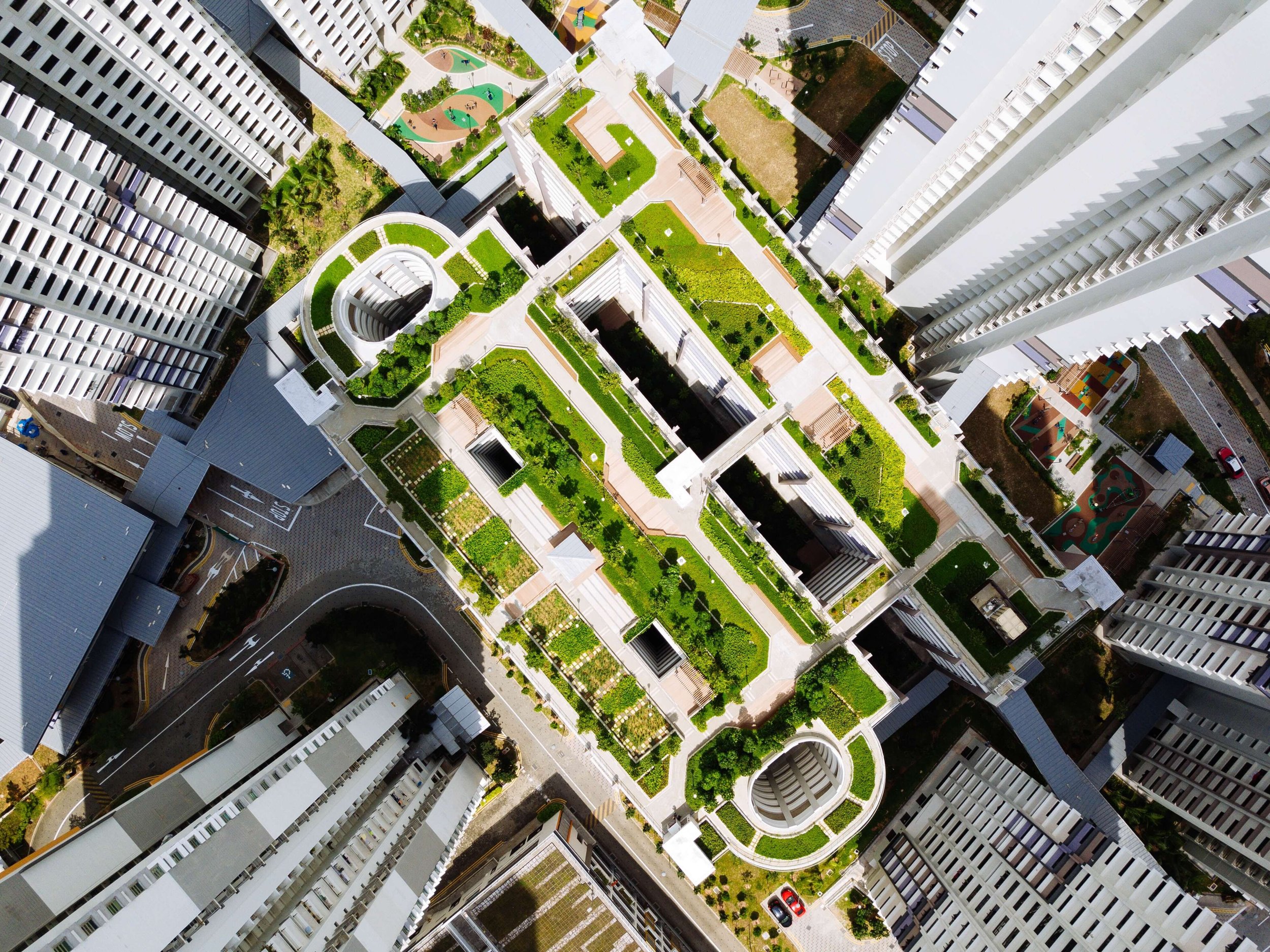New Techniques for Environmental Architectural Design
Environmentally-friendly architectural design is an approach to building construction that aims to minimize its harmful effects on the environment and human health. Architects and designers who possess environmental consciousness values utilize eco-friendly building materials, like sustainable solar panels, to safeguard properties while conserving natural resources.
Many eco-friendly buildings share the same core goals: reducing pollution and protecting human health using an aesthetically pleasing design.
According to a study conducted in 2020, 97% of green builders utilized energy-efficient methods on over 61% of their projects. These statistics show that "going green" on architectural structures is no longer just a niche philosophy. Instead, designing environmentally-friendly architecture is slowly becoming another form of construction that gets the job done and contributes to Mother Earth's survival.
Environmental architecture design, otherwise known as ecological architecture, has existed for thousands of years. Its roots can be traced back to as early as the 12th century. A prime example of this architecture type is courtesy of Angkor Way, an eco-friendly temple located in Cambodia.
If you're a builder in the middle of a home organizing project or something more significant in scale and want tips for an architectural design that is environmentally acceptable, consider incorporating these new techniques into your building plans and strategies.
4 New Techniques for Eco-Friendly Architectural Design
1. Outdoor Community Space
Sustainable architecture is more than just low-impact features, such as efficient water heaters. It's also about cultivating awareness of the natural beauty of the environment, a reminder that a community of people can effectively co-exist with Mother Nature.
Raised benches and deck spaces made from sustainable and locally sourced modified wood can provide occupants and visitors with an eco-friendly spot where they can catch up, discuss important business, or simply enjoy everything nature offers.
2. Sustainable Hydraulic Energy Production
Technically and functionally, heavy public works projects like hydraulic power plants do not have to be boring. For example, in Norway, power plants serve as an exquisite expression of what it entails to collect renewable energy in the modern world. Ultimately, the goal is to raise awareness of the importance of a world devoid of oil dependency.
These structures use Kebony wood siding, which naturally develops a silver patina after some time, mirroring nature's constantly evolving beauty. The formal expression, combined with intense materiality, matches nearby serene landscapes.
3. Systematic LED Lighting
Any piece of architecture needs to keep interiors bright and functional. Unfortunately, installing multiple artificial lights can be costly and negatively impact the environment. This is
where LED lights come in. Systematic LED lighting can significantly cut down on costs and prevent harmful effects on nature. Similarly, large, strategically placed windows can fill rooms with natural light.
4. Natural Ventilation
If you're seeking options to reduce your impact on energy consumption, consider decreasing your design's reliance on cooling systems and active heating. Instead, utilize open windows on all sides of a structure, allowing the cool air to flow seamlessly through the building's interior.
Utilizing natural ventilation gives guests to a particular area a comfortable visit without the noise coming from air conditioning systems. If you want a structure that evokes the fresh, open-air feel of a leisurely walk on a sandy beach, then natural ventilation should be right up your alley.
Techniques to Go Green
Most people view designing and constructing buildings as one of the leading causes of Earth's slow deterioration. Fortunately, there are practical and measurable ways to conduct your job without harming the planet. Green designers go above and beyond to ensure their projects do the least damage to our planet's ecosystems. With these new design tips, you can also adopt an environmentally friendly architectural design.
Author: Enrique Hormillo








